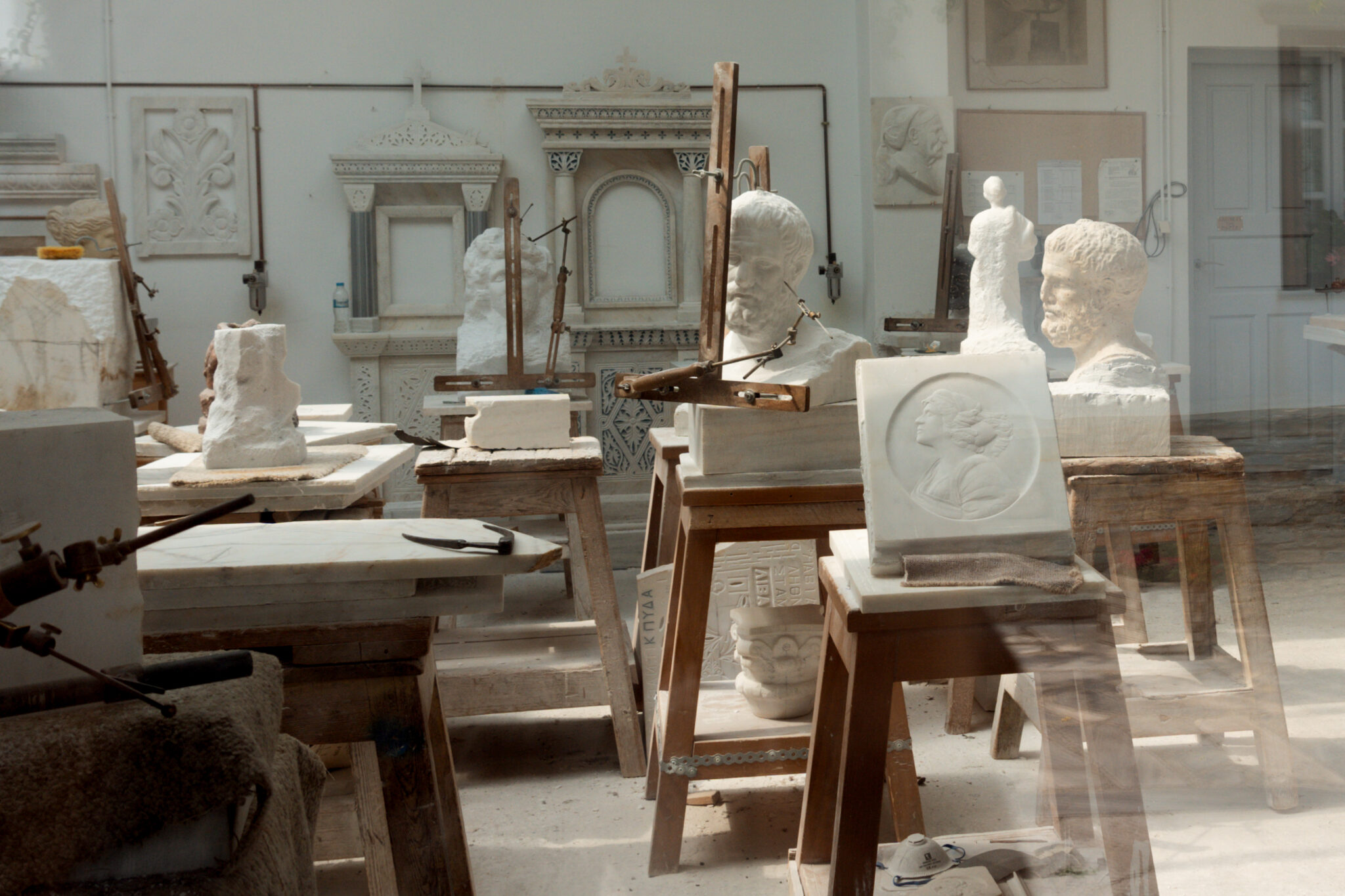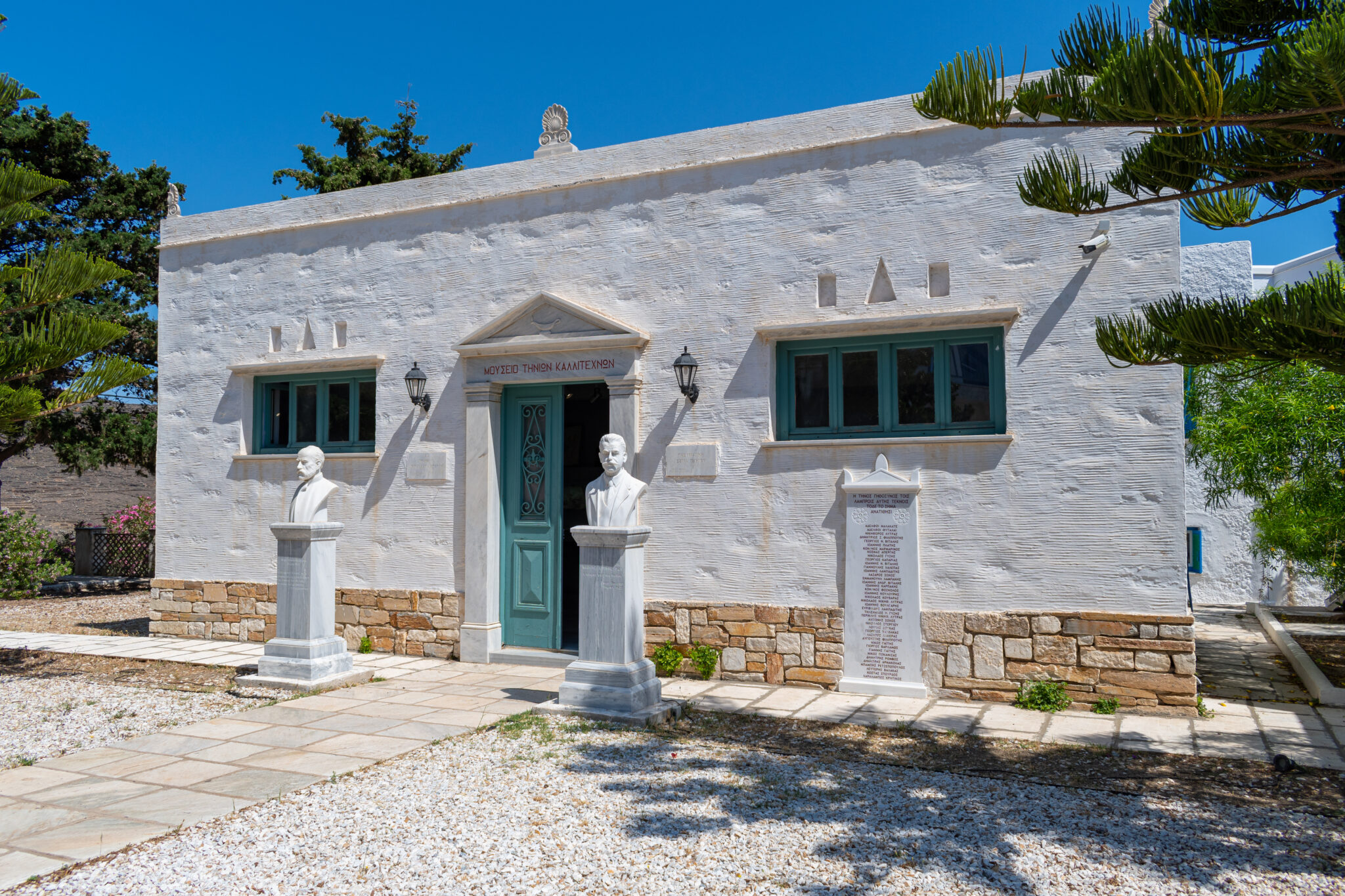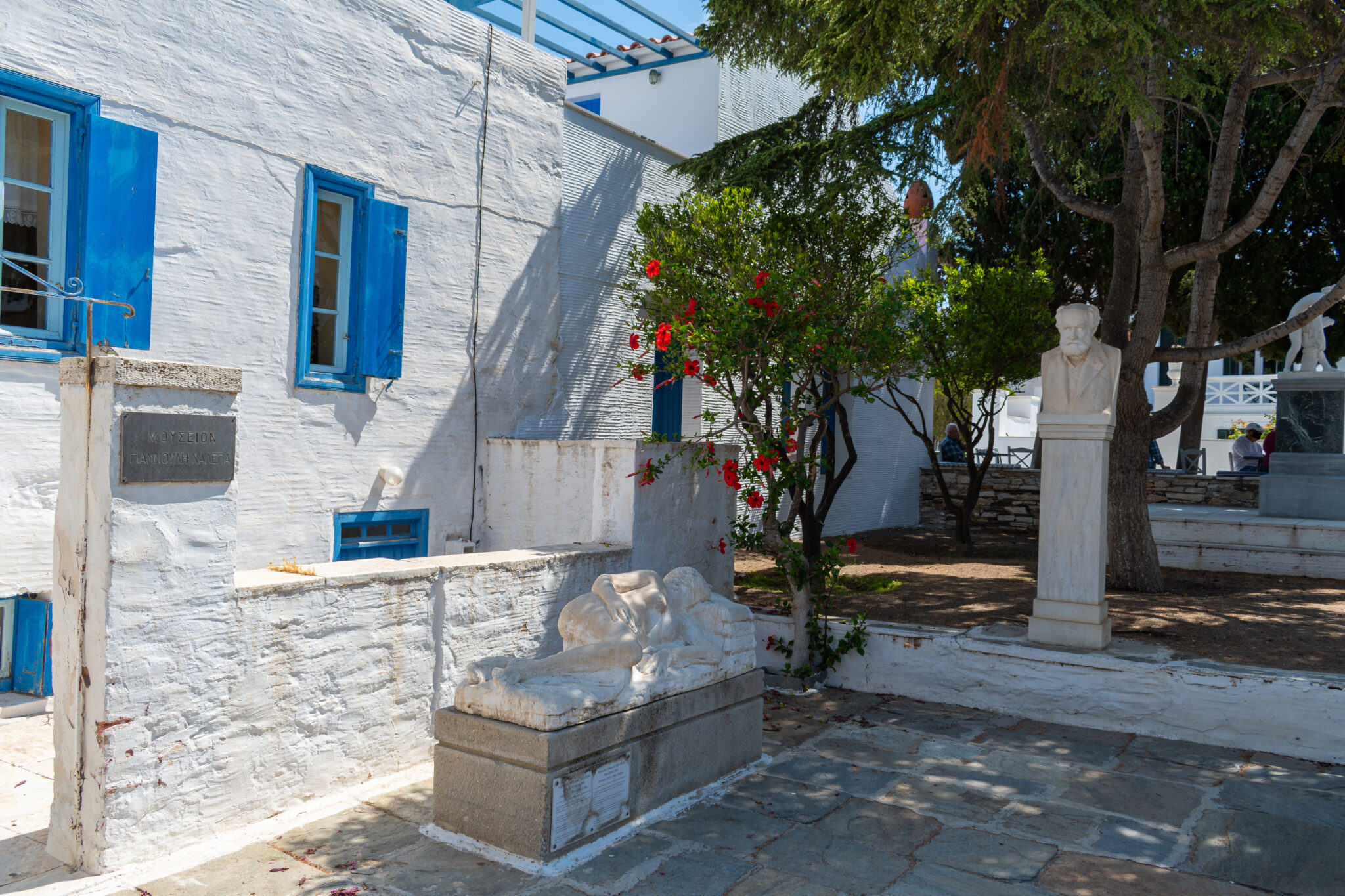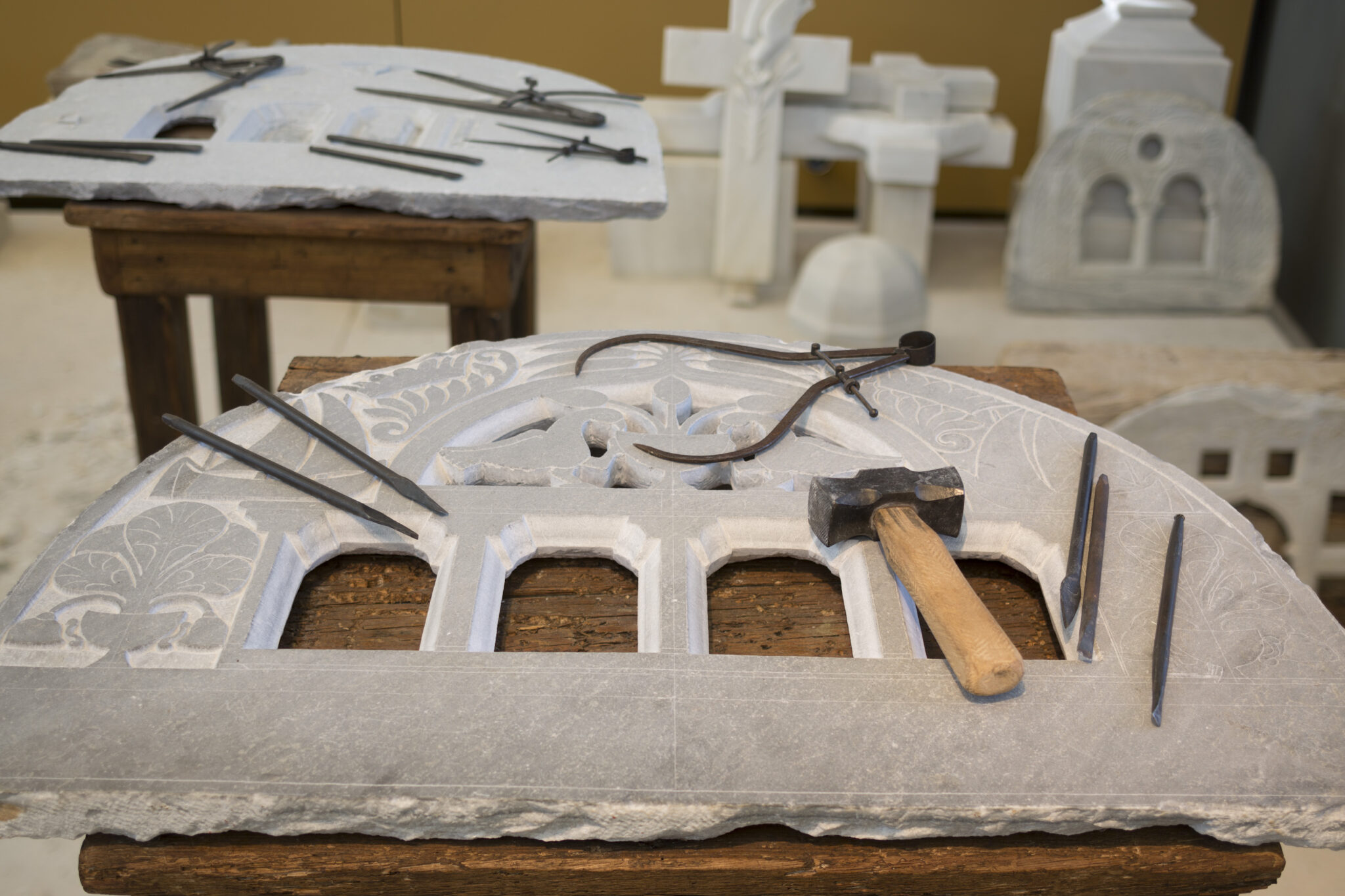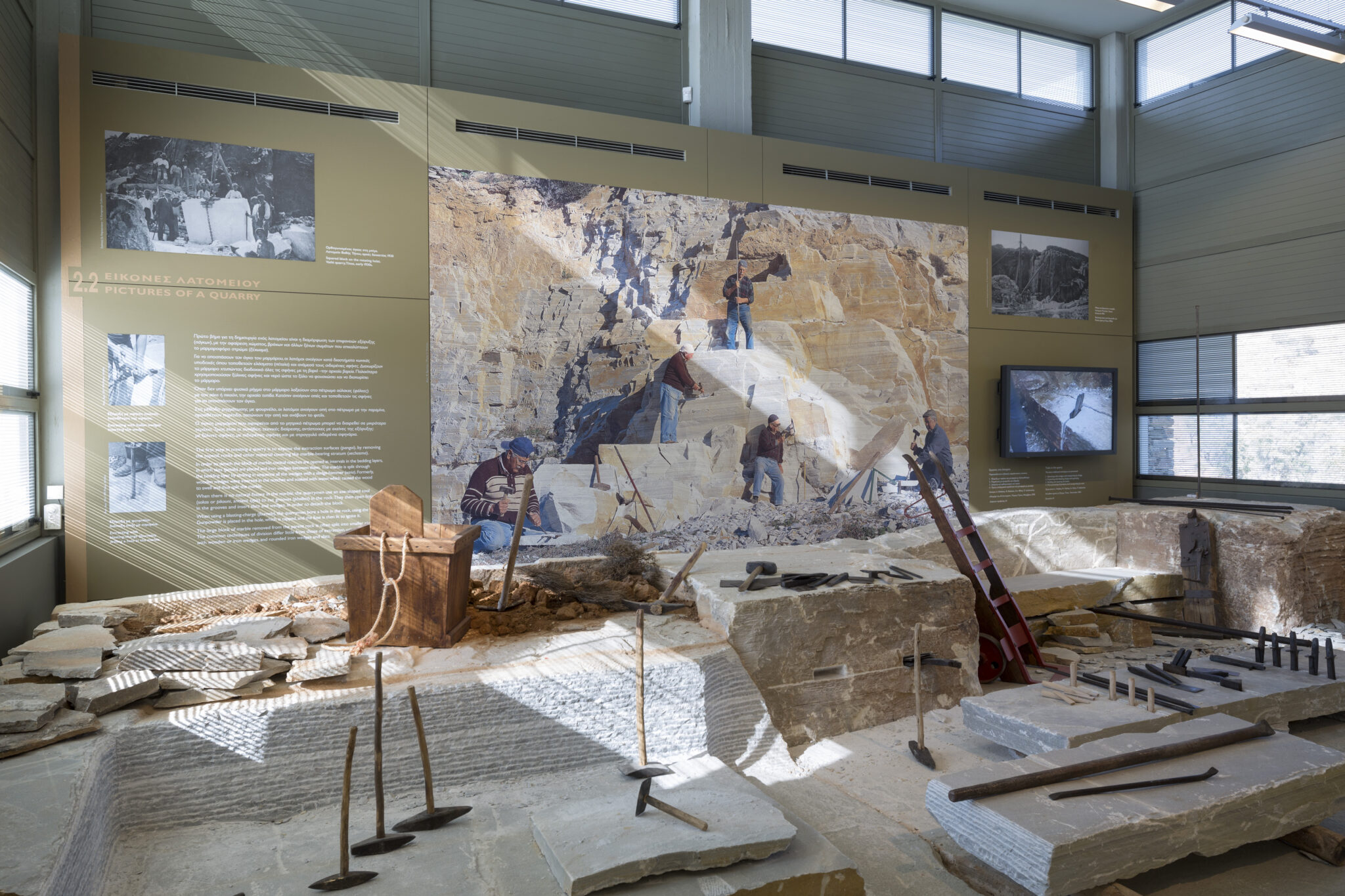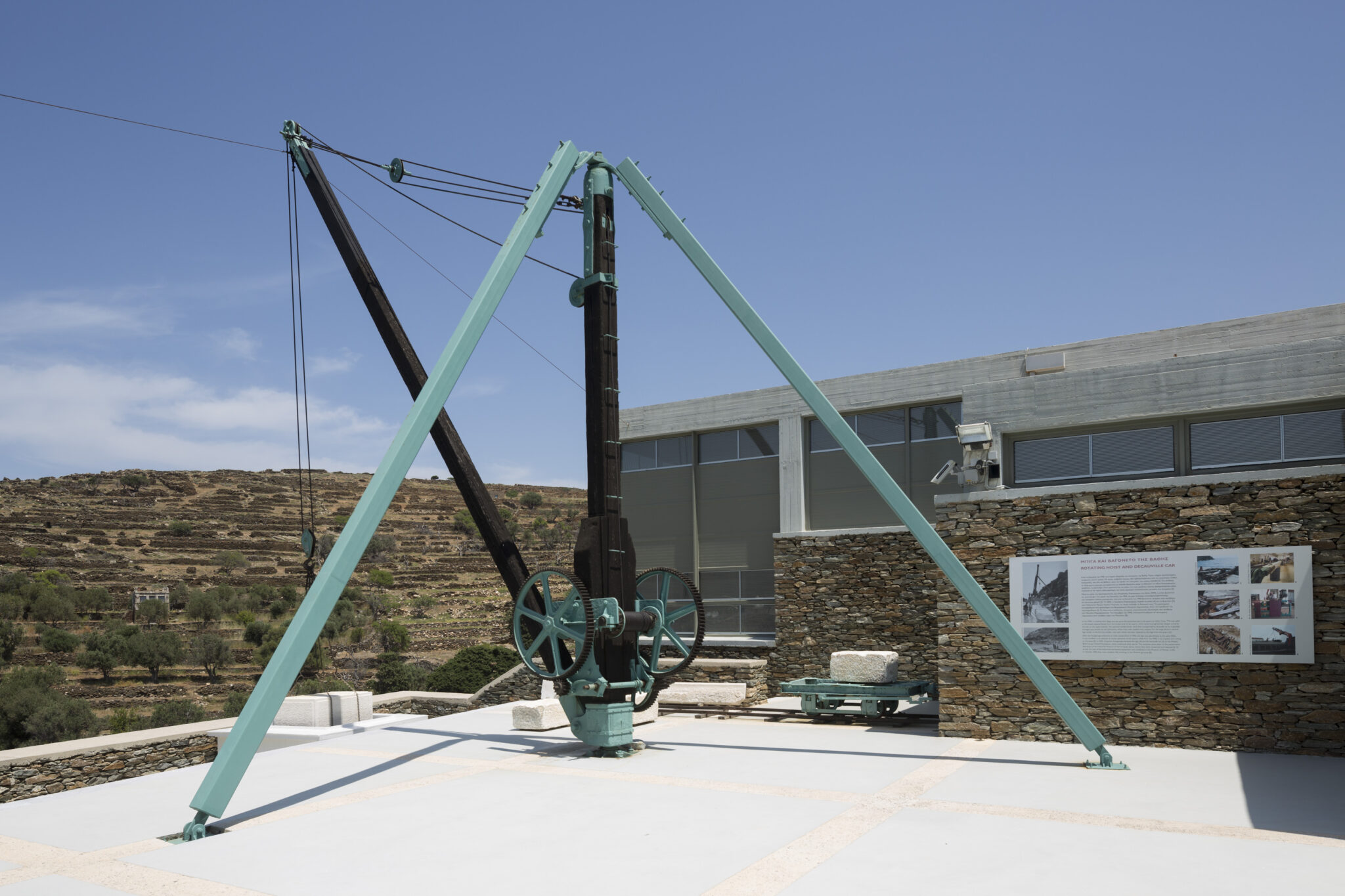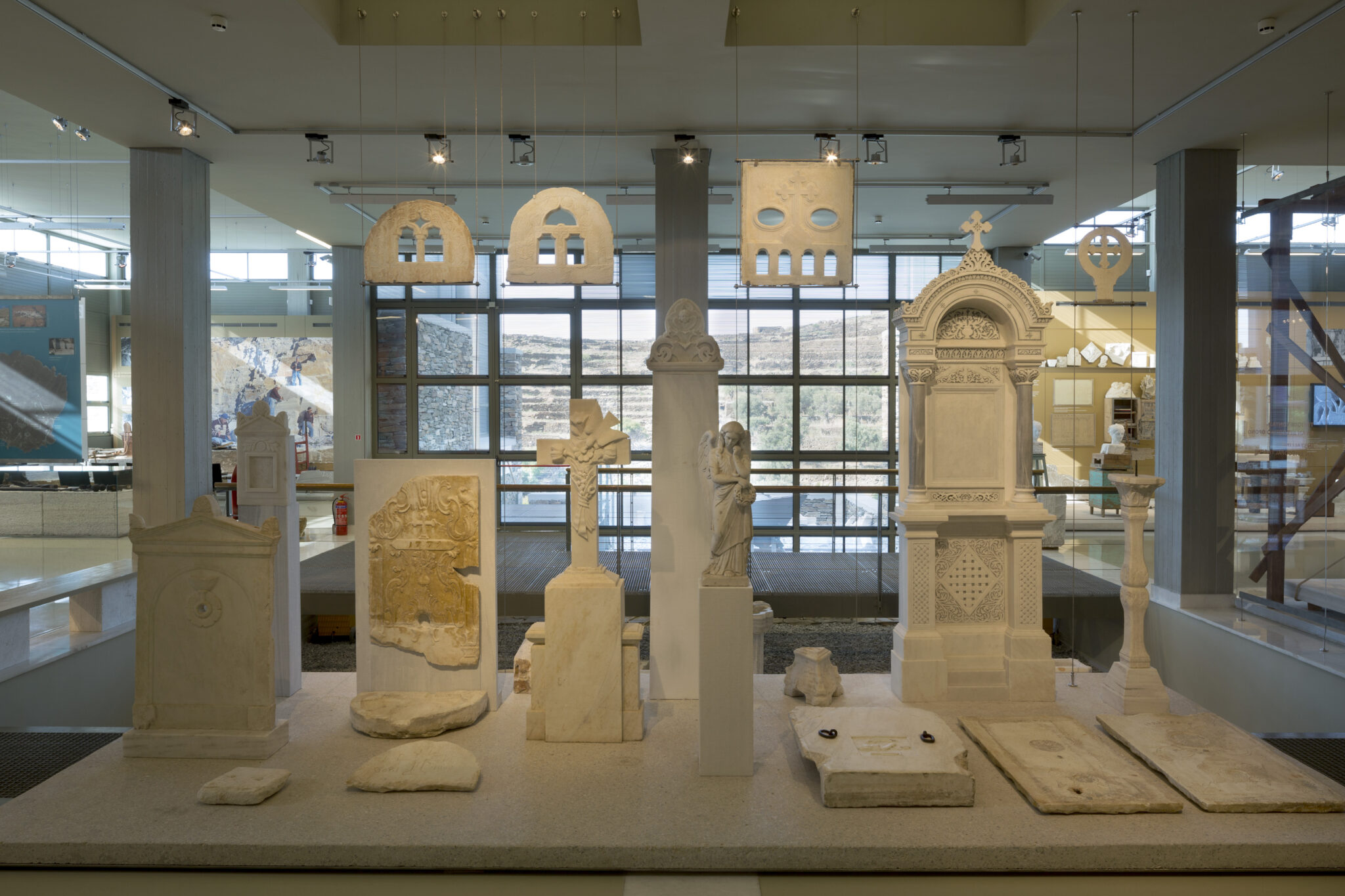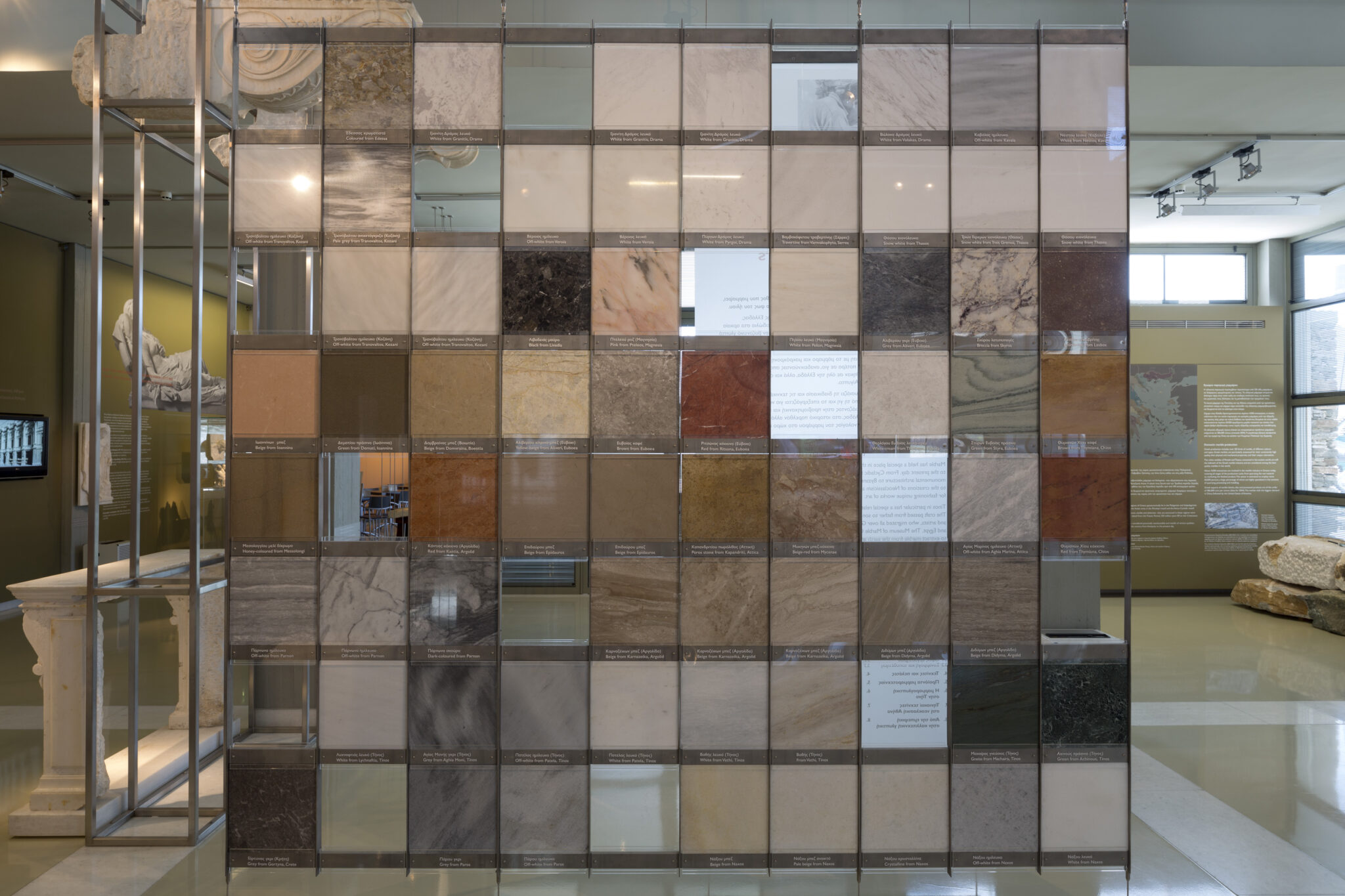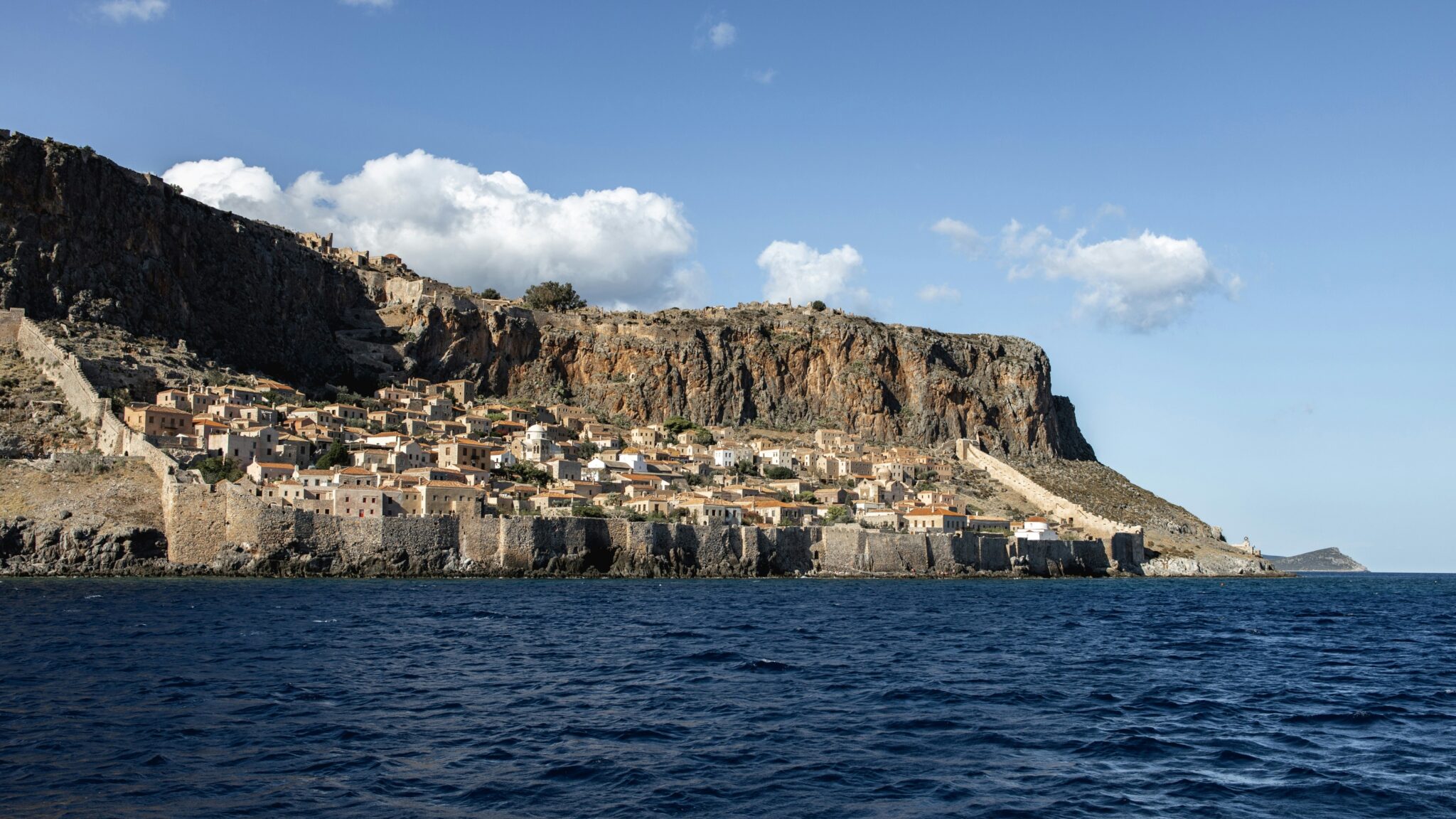The Greek work for marble, marmaro, is derived from the ancient Geek verb, marmairo, meaning “I shine, I radiate”. Tinos is filled with shining marble, in a variety of colours, from pure white to darker shades, including the island’s renowned green marble, famous since antiquity and known, over the ages, as ophitis lithos, or ophite stone. These marble varieties are extracted from small and large quarries on Tinos, an island where marble has remained an integral part of the language and art.
According to ancient Greek history, Phidias, the Athenian sculptor who was artistic director in the construction of the Parthenon, offered lessons in the art of sculpting to locals on Tinos. Ever since, Tinians have not stopped carving little gems out of marble. Incredible marble works, created on Tinos, may be found all over the world, and, of course, on the island. Every single village on Tinos features marble taps offering refreshing water, while, at homes, marble details manifest the love and devotion of locals for this material. Carved lintels, corbels and marble thresholds are among the many features offering insight into the soul of the island. At the island’s many churches, Greek Orthodox and Catholic, marble shrines highlight Tinos’ marble art and craftsmanship.
Sculpture Museum of Tinian Artists
The Sculpture Museum of Tinian Artists, next to the island’s landmark Panagia Megalochari church, is pivotal. It hosts work by Tinos’ most prominent artists. Pieces by Dimitris Filippotis and Yiannoulis Chalepas mesmerise while also underlining the power of art and magnificence of creativity.
Sculptor Chalepas’ house and the Pirgos cemetery
Esteemed sculptor Chalepas’ residence, transformed into a museum, is situated in Pirgos, the village of marble sculptors. The Chalepas museum features photos, work and personal belongings. The village cemetery, which looks more like an open-air museum, is filled with superb examples of folk art and ornate tombstones, including ones with creations symbolising the respective professions of the deceased, such as scissors for tailors and hammers and chisels for marble sculptors.
Museum of Marble Crafts
The Museum of Marble Crafts, a special museum founded by the Piraeus Bank Group Cultural Foundation, in Pirgos, naturally, is a highlight. It stands as a vibrant and detailed cultural institution that promises visitors a magical journey through the world of marble, holding a particular place in the architecture and art of Greece. The museum highlights the social and economic context in which local workshops evolved.
The museum’s outdoor areas feature a gigantic hoisting machine that was used to move blocks of marble, a small trolley for marble block transportation from the Vathi quarry, as well as a scoop from the Patela quarry. Inside the museum, ecclesiastical, secular, funerary and everyday objects reveal the possibilities of marble as well as the dexterity of the island’s craftsmen.
The museum exhibition’s audiovisual material brings to life traditional quarry work methods employed at quarries as well as by marble craftsmen. A rich collection of images sheds light on the history of marble sculpting on Tinos as well as the contributions of Tinian marble craftsmen in building Athens as well as other Greek cities during the 19th century.
The museum’s overall approach and offering also makes the experience fascinating for children. Young museumgoers may feel the texture of marble and observe the material’s colour and magnificent crystals through a magnifying glass.
In addition, Tinos’ Museum of Marble Crafts organises events, workshops and concerts throughout the year, enriching the island’s cultural life, while also acquainting a greater number of people with the special world of Tinian marble.
Read also:
5 impressive villas in Mykonos: cosmopolitan living combined with the endless blue of the Aegean Sea
Veria, Greece: an autumn destination with an intense spiritual atmosphere



